All images courtesy of Getty Images/Rush Facebook (official)
As a good Canadian boy, I was familiar with many Canuck Rock bands growing up — April Wine, Trooper, Triumph, Red Rider, and of course, Rush.
Early on, Rush did not stand out for me. I had not been exposed to much of their 1970s work, so my first real favorite song was “Distant Early Warning” from Grace Under Pressure. The next song that appeared on my radar was “Time Stand Still” which had vocals from Aimee Mann, who I was familiar with because of her band, ‘Til Tuesday. Aside from that, I didn’t give Rush a lot of thought. I would hear them on occasion, but that’s about it.
Rush was Alex Lifeson (Guitar), Geddy Lee (Bass and Keyboards), and Neil Peart (Drums), but not always. Rush formed in 1968, in Toronto, and for the first six years, John Rutsey was their drummer including on their debut album, Rush (1974). Rutsey was not fond of the direction the band was taking musically and also did not care for touring. He also had juvenile diabetes, which made touring very difficult, and toward the end of his tenure, he was often unable to play due to frequent hospital visits.
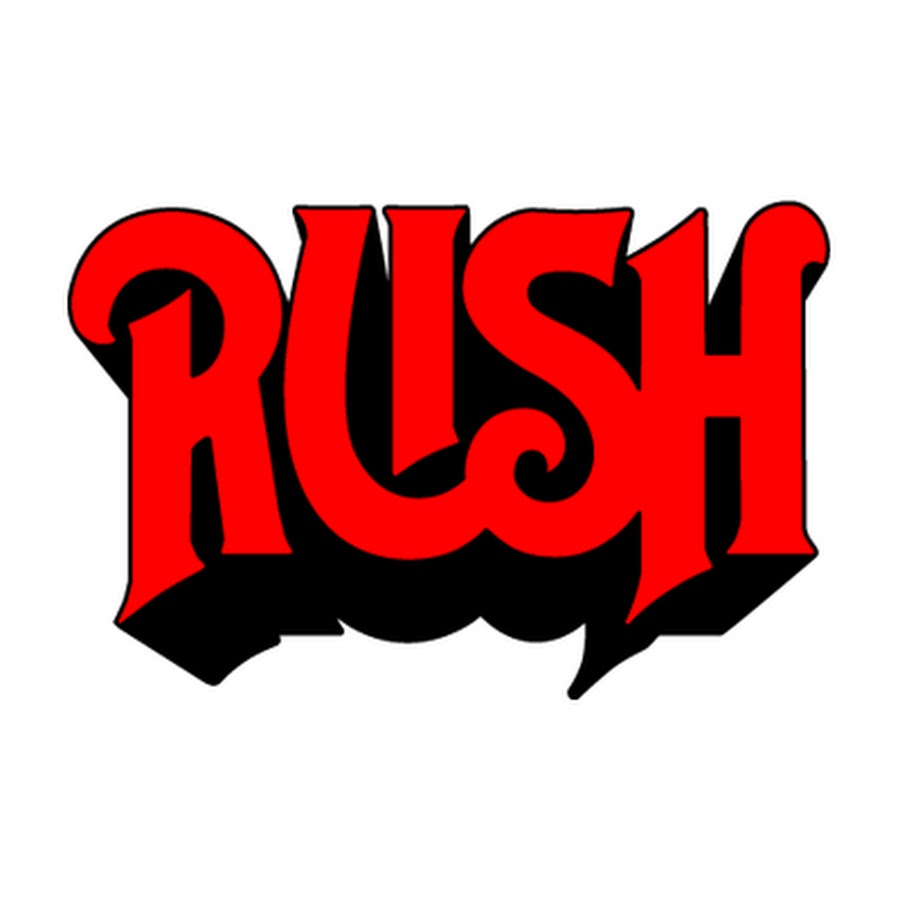
Neil Peart came in as his replacement after Rush had auditioned five drummers for the role. Peart also took over the role of Rush’s lyricist. This remained the core of the band until they stopped in 2015. The band established itself in the 1970s with albums like Fly By Night (1975), and Caress Of Steel (1975).
It was at this point that Rush’s record company, Mercury Records, wanted Rush to produce some more commercially accessible material. They ignored this request, and 2112 (1976) was the result. This album increased Rush’s popularity and started a run of success with the albums A Farewell To Kings (1977), Hemispheres (1978), Permanent Waves (1980), and Moving Pictures (1981). These albums featured some of their biggest songs such as “Tom Sawyer,” “Closer To The Heart,” and “The Spirit Of Radio.”
In the 1980s, Rush added more keyboards to their sound, and continued to have hits like “Time Stand Still,” “Distant Early Warning,” and “Subdivisions.” With the release of Presto (1989), they returned to a classic, heavier power trio sound, and mostly stuck with this throughout the 1990s albums Roll The Bones (1991), Counterparts (1993), and Test For Echo (1996).
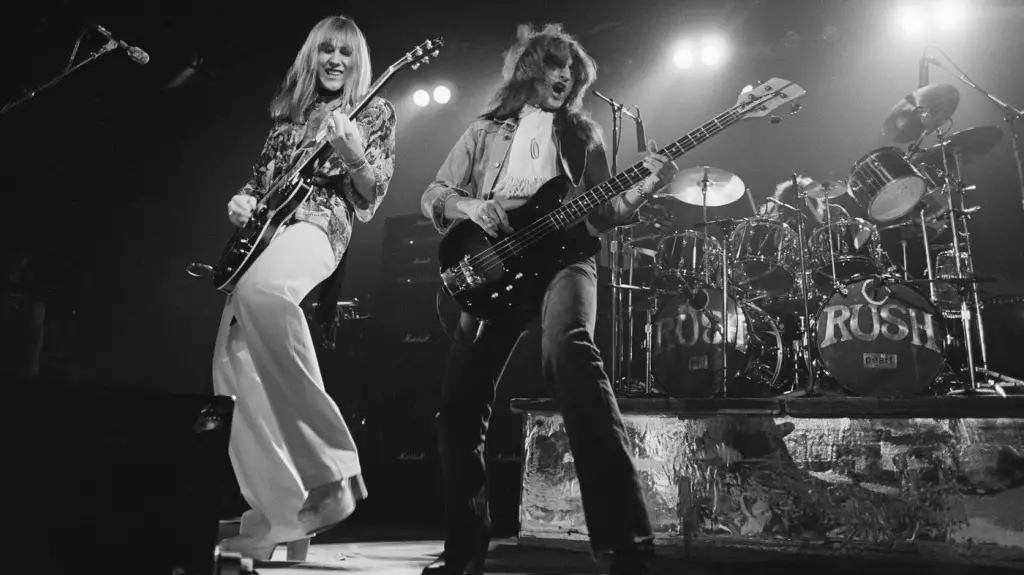
Around 1996, I became friends with some guys who were big Rush fans. This was around the time of the album Test For Echo. One of them offered to pay for half my ticket if I wanted to go to A show. Good deal, I thought. The show itself, despite lackluster attendance, was amazing. They were performing the first side of 2112 in its entirety, and my friends explained what the story of the album was all about. I thought this would make a good movie. Alex Lifeson had an acoustic guitar set up, and was able to switch from that to his electric mid-song. This concert was awesome, and I was now a huge fan. One of those life-changing events.
I now decided I had to find as much Rush music to buy as humanly possible. I was lucky at this point because people were dumping vinyl like crazy, and it was cheap to get. I was able to acquire a ton of records for a buck or two each, so my Rush collection grew quickly. This was a great thing. After a few years, I noticed the band wasn’t very active anymore. I found out there was a good reason for this.
In 1997, Neil Peart’s daughter, Selena, died in a car crash. In 1998, Neil’s wife, Jaqueline, passed away from cancer. In order to mourn and reflect on things, Neil took a motorcycle journey across North America. Initially, after Selena’s funeral, told the band he was retired, but during the journey, he decided to return to the band. He chronicled the whole thing in the book Ghost Rider: Travels On The Healing Road. A very good read. Neil Peart wrote a few books, and I would recommend them all.
A live album was released entitled Different Stages (1998), which contained performances from the Test for Echo, Counterparts, and A Farewell to Kings tours. This continued in the tradition of releasing live albums as this was preceded by All The Worlds A Stage (1976), Exit…Stage Left (1981), and A Show Of Hands (1989). In 2001, Rush regrouped to begin trying to play, and write again. The result was Vapor Trails (2002). The first single was “One Little Victory,” and in the documentary, Beyond The Lighted Stage, Alex Lifeson refers to the whole situation as “a huge victory.” After the successful release of Vapor Trails, Rush then went on their first tour in six years.
In 2004, the EP, Feedback 2004) came out, and featured songs that inspired the members of Rush as they were growing up. To promote this record, and their 30th anniversary, Rush went on its 30th Anniversary tour in the summer of 2004. This was documented in R30: 30th Anniversary Tour. In 200,7 the album Snakes And Arrows (2007) was released along with the single “Far Cry.” The band then went on tour to support it that summer. Sadly, I missed out on both of those tours.
It seemed that in 2008 the band had a bit of a resurgence. This is also documented in the film, Beyond The Lighted Stage. Rush appeared on television for the first time in a long time. They were also featured in the film I Love You Man. They had a single come out in 2010 and launched the Time Machine tour. On this tour, they played Moving Pictures in its entirety, as well as the new single “Caravan/BU2B.” I was at this show, and it was a great show. It was nice to see them live again.
Rush continued the tour, and after its completion, continued work on their next album, Clockwork Angels (2012). The next single was “Headlong Flight,” in 2012. The album came out the same year. The Clockwork Angels tour started in September. I was able to see that show. They had a small orchestra playing on some of the Clockwork Angels tracks live. I was able to go to the show with my oldest friend, so it was a very good time overall.
Sadly, Clockwork Angels would be Rush’s album. They did do a final tour, which I missed, but that was all. They retired soon after. In January of 2020, Neil Peart died from a type of brain cancer. That was definitely the end for the band, and a very sad day for us all as fans.
We will never get to see Rush take the stage again, but we have their legacy of recordings to continue to appreciate. Rush made their mark on both music and culture. Even if they are not everyone’s cup of tea, they will be remembered for the music they left behind. I feel privileged to have seen the band the three times that I did. They made their mark on me, and I will be listening to them for the rest of my life.
Please check out the videos below where I showcase my Rush collection:
Dig this article? Check out the full archives of Surface Noise, by John Siden, here: https://vinylwritermusic.wordpress.com/surface-noise-archives/
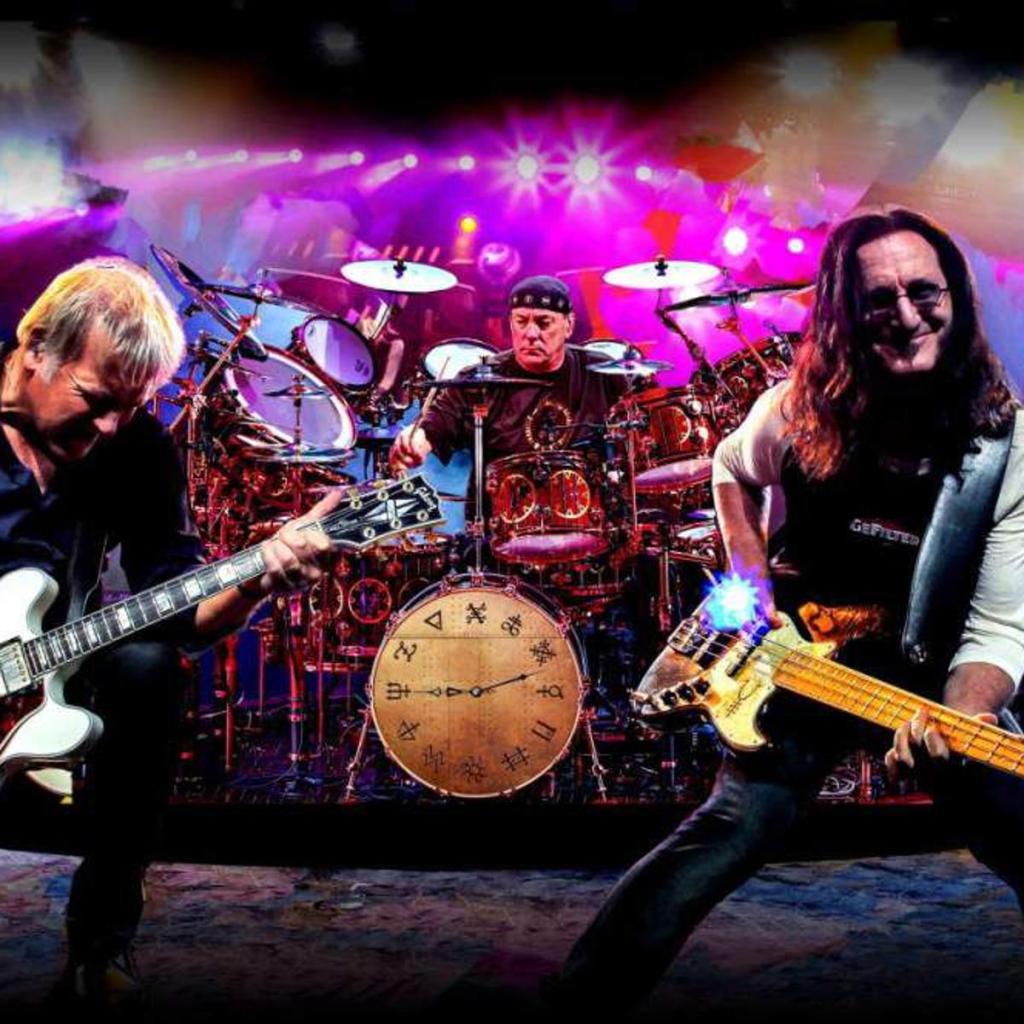
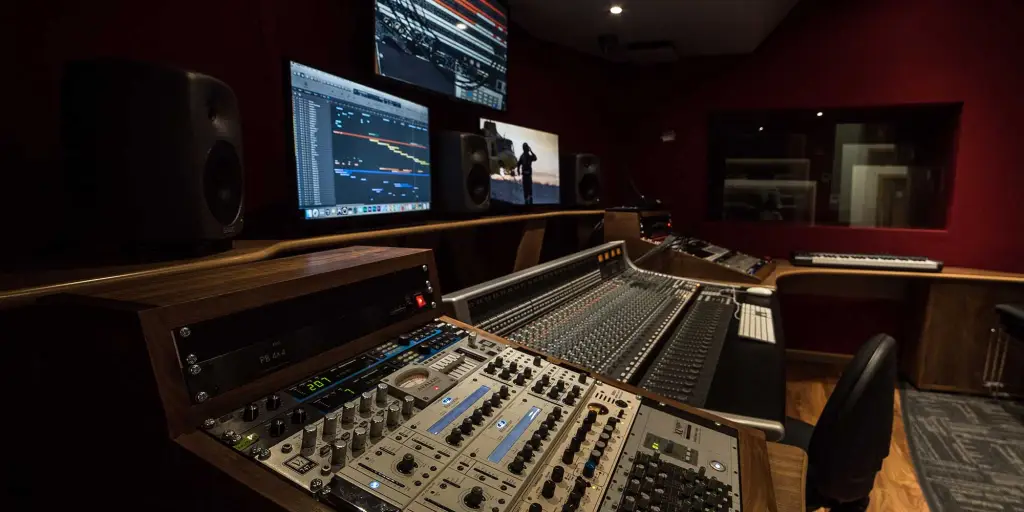

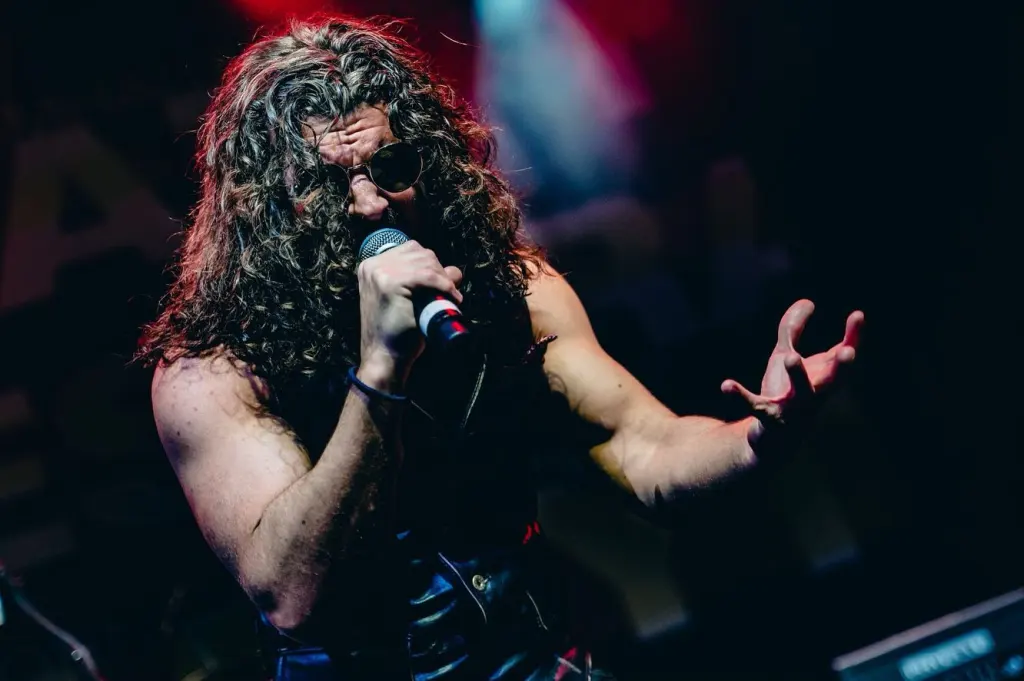
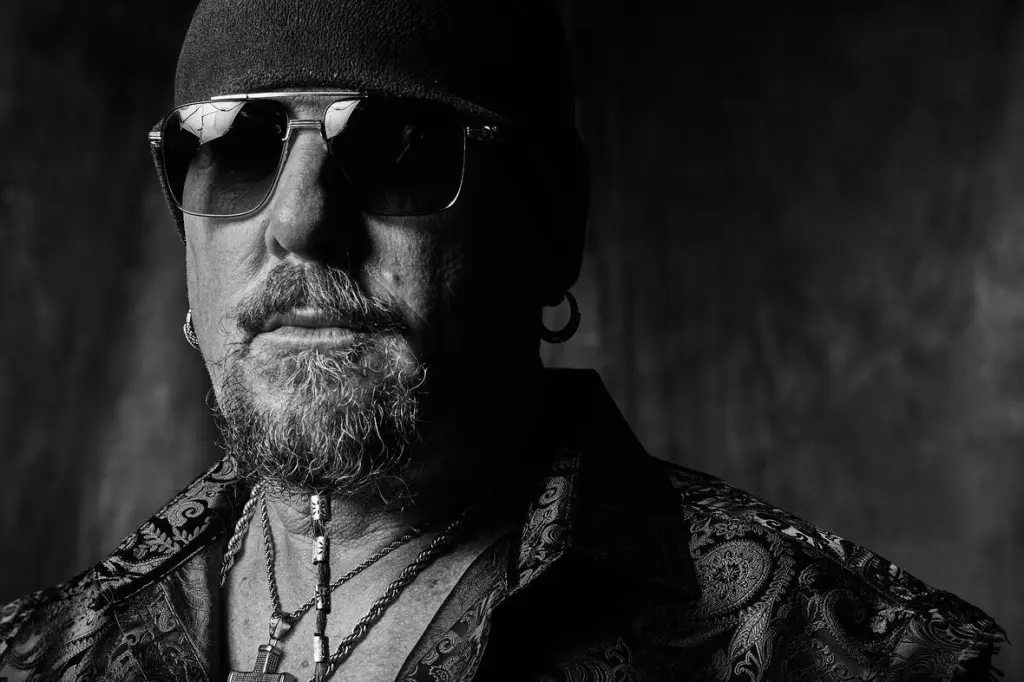
Leave a Reply